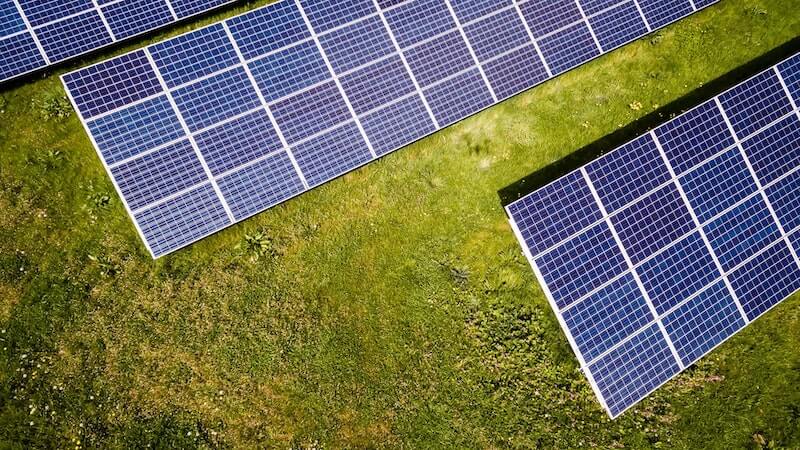
Researchers have developed a new coating technique to increase the efficiency of tandem solar cells. Defect compensation ensures higher efficiency.
The share of renewable energies is currently continuing to increase. However, wind turbines, solar systems and hydroelectric power plants often require large areas. The aim is therefore often to make existing technologies more efficient. One example is the efficiency of solar cells.
Researchers recently developed a new method to increase the efficiency of silicon-perovskite tandem solar cells. They use special organic molecules to coat the surface. This enabled the scientists to compensate for surface defects and improve light utilization efficiency.
Tandem solar cells absorb light much more effectively
Solar cells can generate electrical charges by releasing electrons from a semiconductor material when exposed to light. Tandem solar cells made of silicon and perovskite use the light spectrum particularly efficiently by absorbing different wavelengths. Although tandem cells are theoretically very efficient, coating silicon wafers with perovskite often creates defects in the crystal lattice.
These defects impair the transmission of electrons and reduce efficiency. The new method for surface passivation is based on thiopheneethylammonium with a trifluoromethyl group (CF3-TEA) for coating. The technique compensates for defects and ensures uniform coverage on structured surfaces.
New coating enables efficiency of 31 percent
The CF3-TEA coating reduces the effects of surface defects due to its high polarity and binding energy. Silicon-perovskite tandem solar cells on Czochralski silicon wafers can thus achieve a relatively high efficiency of 31 percent.
Compared to traditional silicon solar cells, these cells are significantly more efficient and provide stable performance over longer periods of time. The development promises to be a significant advance in solar cell technology by improving performance and stability while reducing costs.
Also interesting:
Source: https://www.basicthinking.de/blog/2024/08/05/tandemsolarzellen/


